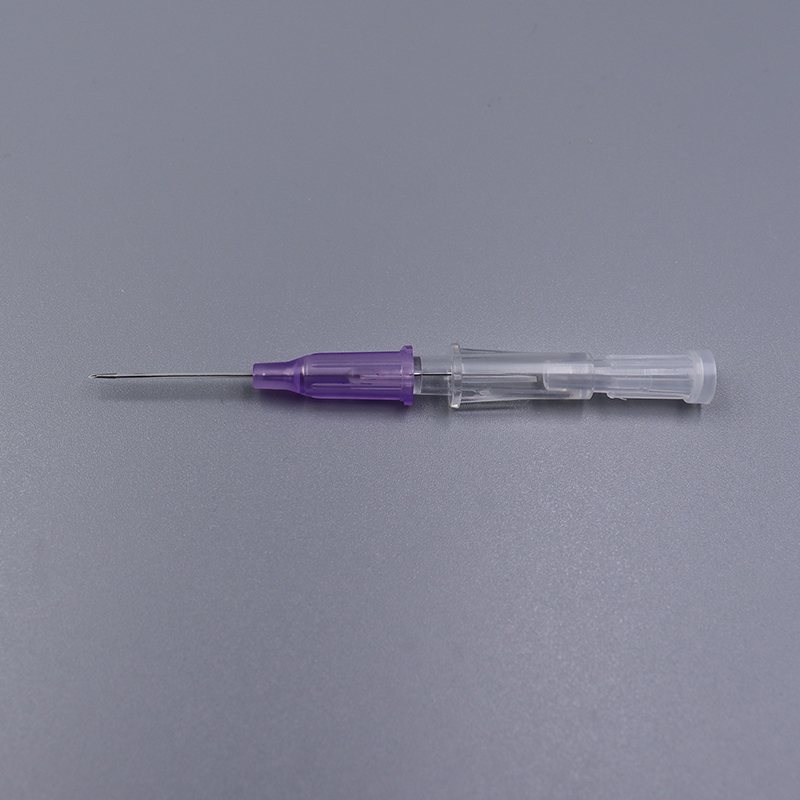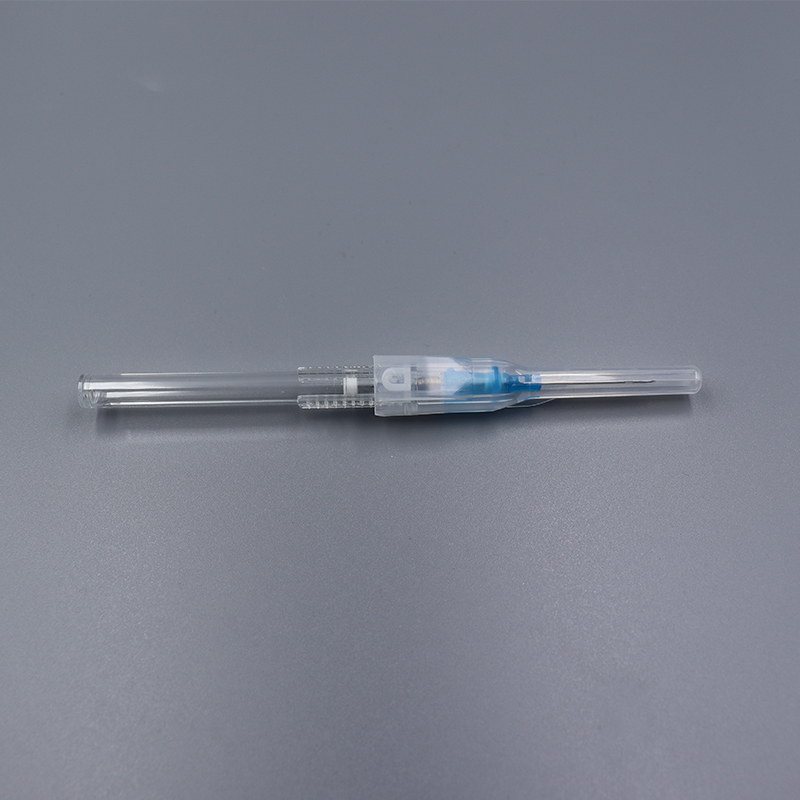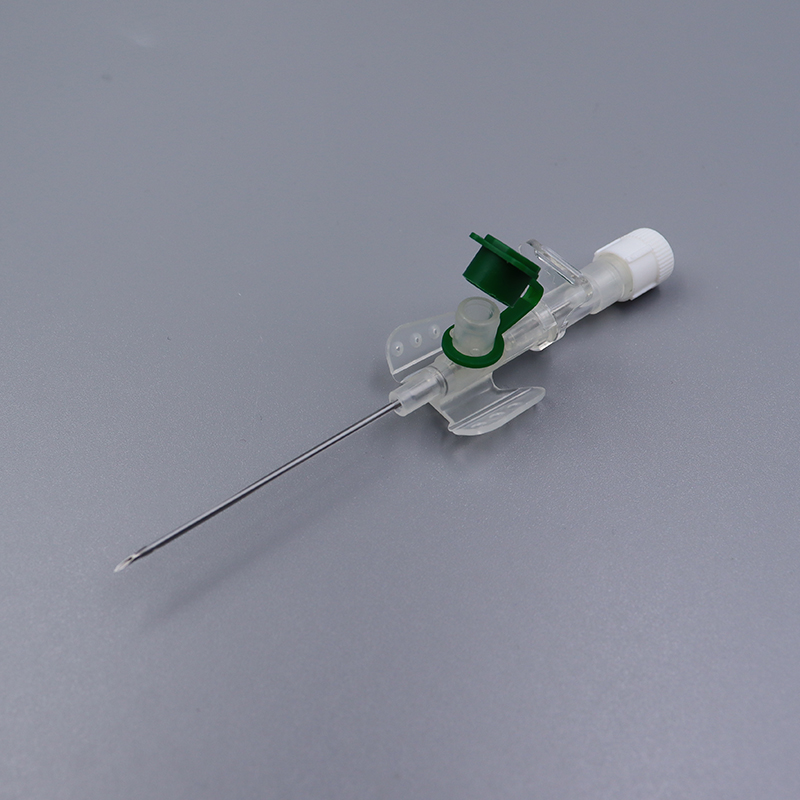Introduction
In the world of medical devices, the Intravenous (IV) cannula is a crucial tool used in hospitals and healthcare facilities to administer fluids and medications directly into a patient's bloodstream. Choosing the right IV cannula size is essential to ensure effective treatment and patient comfort. This article will explore the various types of IV cannula sizes, their applications, and how to select the suitable size for specific medical requirements. Shanghai TeamStand Corporation, a leading supplier of medical disposable products, including IV cannulas, has been at the forefront of providing high-quality solutions to medical professionals.
Types of IV Cannula
Intravenous (IV) cannulas are essential medical devices used to deliver fluids, medications, or nutrients directly into a patient's bloodstream. Depending on the clinical situation, several types of IV cannulas are used, each serving specific purposes. Below are the main types:
1. Peripheral IV Cannula
A Peripheral IV cannula is the most commonly used type in hospitals and clinics. It is inserted into small peripheral veins, usually in the arms or hands. This type is suitable for short-term therapies, such as fluid resuscitation, antibiotics, or pain management. It's easy to insert and remove, making it ideal for emergency and routine use.
2. Central Line IV Cannula
A Central Line IV cannula is inserted into a large vein, typically in the neck (internal jugular vein), chest (subclavian vein), or groin (femoral vein). The tip of the catheter ends in the superior vena cava near the heart. Central lines are used for long-term treatment (serveral weeks or month), especially when high-volume fluids, chemotherapy, or total parenteral nutrition (TPN) is required.
3. Closed IV Catheter System
A Closed IV catheter system, also known as a safety IV cannula, is designed with a pre-attached extension tube and needleless connectors to minimize the risk of infection and needlestick injuries. It provides a closed system from insertion to fluid administration, helping maintain sterility and reducing contamination.
4. Midline Catheter
A Midline catheter is a type of peripheral IV device inserted into a vein in the upper arm and advanced so the tip lies below the shoulder (not reaching the central veins). It's suitable for intermediate-term therapy—typically from one to four weeks—and is often used when frequent IV access is needed but a central line is not required.
IV Cannula Colors and Sizes
| Color Code | GAUGE | OD (mm) | LENGTH | FLOW RATE(ml/min) |
| Orange | 14G | 2.10 | 45 | 290 |
| Medium Grey | 16G | 1.70 | 45 | 176 |
| White | 17G | 1.50 | 45 | 130 |
| Deep Green | 18G | 1.30 | 45 | 76 |
| Pink | 20G | 1.00 | 33 | 54 |
| Deep Blue | 22G | 0.85 | 25 | 31 |
| Yellow | 24G | 0.70 | 19 | 14 |
| Violet | 26G | 0.60 | 19 | 13 |
Applications of IV Cannula Sizes
1. Emergency Medicine:
- In emergency situations, larger IV cannulas (14G and 16G) are used to deliver fluids and medications quickly.
2. Surgery and Anesthesia:
- Medium-sized IV cannulas (18G and 20G) are commonly employed during surgical procedures to maintain fluid balance and administer anesthesia.
3. Pediatrics and Geriatrics:
- Smaller IV cannulas (22G and 24G) are used for infants, children, and elderly patients who have delicate veins.
How to Choose the Suitable IV Cannula Size
Selecting the appropriate IV cannula size requires careful consideration of the patient's condition and medical requirements:
1. Choose IV Cannula Size and Color according to ages
| Groups | Recommend IV Cannula Sizes | |
| Infants and Newborns(0-1 year old) | 24G(yellow), 26G(purple) | The vein are tiny of new born. small-gauge cannulas are preferred. |
| Children(1-12 years old) | 22G(blue), 24G(yellow) | The veins become larger as they grow, 22G and 24G are commonly used |
| Adolescents (13-18 years old) | 20G(pink), 22G(blue) | Adolescents' veins are closed to adults, 20G and 22G are suitable. |
| Adults (19+ years old) | 18G(green), 20G(pink), 22G(blue) | For adults, iv cannula size selection varies based upon the procedures and vein size. Most commonly used sizes are 18G, 20G, 22G. |
| Elderly Patients ( 60+ years old) | 20G(pink), 22G(blue) | As veins may become more fragile with age, the appropriate cannula size is paramount to minimize discomfort and the risk of complications. Cannulas ranging from 20 to 22 gauge are commonly used. |
Other Important Special Considerations
Considering the vein size of patients is a helpful starting point but there are some additional factors to consider while choosing the right IV cannula sizes :
Patient medical conditions: There are certain conditions which might influence cannula size selection. For example patients with fragile veins might require a smaller size.
Experience of healthcare professional : insertion technique and experience of the professional also plays a pivotal role.
Type of IV therapy: The type of fluid and medication being administered influence the size selection
Conclusion
IV cannulas are indispensable tools in modern healthcare, enabling medical professionals to administer fluids and medications directly into a patient's bloodstream. Shanghai Team Stand Corporation, a reputable supplier of medical disposable products, including IV cannulas, has been committed to providing high-quality solutions to healthcare providers worldwide. When selecting the suitable IV cannula size, it is essential to consider the patient's age, condition, and specific medical requirements to ensure optimal treatment outcomes and patient comfort. By understanding the different types of IV cannula sizes and their applications, medical professionals can enhance their ability to deliver effective and efficient patient care.
Post time: Aug-07-2023











